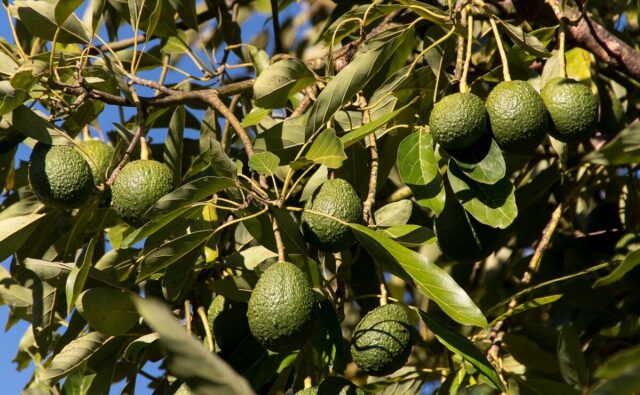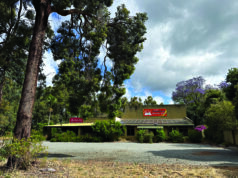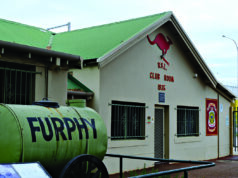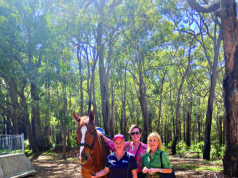Smashed avocado lovers may owe more than they think to the humble patch of bush.
New research by Curtin University has found out that native vegetation beside avocado orchards may hold the key to future food security by helping pollinating insects survive, especially when crops aren’t flowering.
The study found that insects in avocado farms located next to patches of remnant vegetation foraged on more than twice as many plant species during periods of low crop flowering, compared to insects in farms surrounded by pasture.
This extra diversity helps insect populations stay healthy, which in turn supports the pollination of crops and the broader food systems. With nearly 10 billion people expected to need safe and nutritious food by 2050, and agriculture needing a 25 to 75 percent productivity boost to keep up, the findings could have global significance.
Lead author Dr Joshua Kestel, who completed the study as part of his PhD at Curtin, said the team used a novel technique to show what kinds of pollen entire insect communities were carrying across farmland.
“Using a novel method pioneered at Curtin University, we applied a cutting-edge biodiversity assessment technique – environmental DNA (eDNA) metabarcoding – to pan traps to identify the diversity of pollen transported by entire insect communities collected during sampling,” Dr Kestel said.
“This approach allowed us to demonstrate that natural vegetation adjacent to orchards may enhance the resilience of insect communities, potentially contributing to greater food security.”
Co-author Associate Professor Paul Nevill, from Curtin’s School of Molecular and Life Sciences, said this was important because insects pollinate 75 percent of all agricultural crops, yet many insect spices remain unstudied or at risk.

“In order to meet the food needs of the planet, diverse and healthy insect communities play a critical role in supporting essential ecosystem services such as pollination and the biological control of pests,” Associate Professor Nevill said.
“In Australia alone, an estimated 320,000 insect species exist, yet only 35 percent have been formally identified – and the plant resources many of them rely on remain largely unknown.
“By using sophisticated eDNA metabarcoding capable of detecting the trace of a single grain of pollen or even the footprint of a bee, we’re helping to close these knowledge gaps and better understand how these insects might contribute to safeguarding global food security.”
The researchers collected more than 2,000 insect specimens and identified more than 250 types of plants from the pollen found, including crops, weeds and native Australian flora.
They recommended farmers consider preserving and replanting native vegetation around orchards and include biodiversity surveys as part of regular farm monitoring to help support healthy agroecosystems.














